|
Kingdom of England |
|
|
| 1702: |
Earl of Huntingdon’s
Regiment of Foot
│ |
| 1703: |
Henry Leigh’s
│ |
| 1705: |
Robert Duncanson’s
│ |
| 1705: |
George Wade’s
│ |
| 1707: |
Kingdom of Great Britain |
|
│ |
| 1717: |
Henry Hawley’s
│ |
| 1730: |
Robert Dalzell’s
│ |
| 1730: |
John Hohnston’s
│ |
| 1751: |
33rd Regiment of Foot
│ |
| 1756: |
2nd Bn raised
│ |
| 1758: |
2nd Bn → 72nd Foot
│ |
|
│

│ |
| 1782: |
33rd (1st Yorkshire West Riding)
Regiment of Foot
│ |
| 1787: |
│
│ |
76th Regiment of Foot
│ |
| 1801: |
United Kingdom of Great Britain and Ireland |
|
│ |
│ |
| 1806: |
│
│
│ |
76th (Hindoostan)
Regiment of Foot
│ |
| 1812: |
│
│ |
76th Regiment of Foot
│ |
| 1846: |
│
│ |
Reserve Bn raised
│ |
| 1848: |
│
│ |
Reserve Bn disbanded
│ |
| 1853: |
33rd (The Duke of Wellington’s)
Regiment of Foot
│ |
│
│
│ |
|

│ |
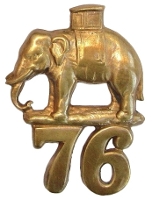
│ |
|
The creation of the territorial regiments by the Childers reforms |
|
│ |
│ |
|
 |
 |
| 1881: |
1st Bn, |
2nd Bn, |
|
The Halifax Regiment
(Duke of Wellington’s)
│ |
|
The Duke of Wellington’s
(West Riding Regiment) |
|
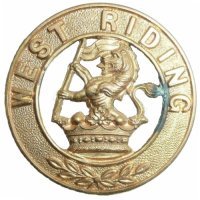
│ |
|
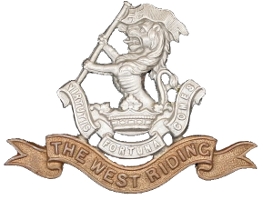
│ |
| 1921: |
The Duke of Wellington’s Regiment
(West Riding)
│ |
| 1922: |
United Kingdom of Great Britain and Northern Ireland |
|
│ |
| 1948: |
2nd Bn disbanded
│ |
| 1948: |
│ |
| 1958: |
│ |
|
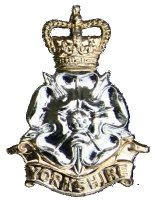
│ |
| 1968: |
part of
The King’s Division |
│ |
|

│ |
| 2006: |
3rd Battalion,
The Yorkshire Regiment
(14th/15th, 19th and 33rd/76th Foot)
(Duke of Wellington’s) |
|
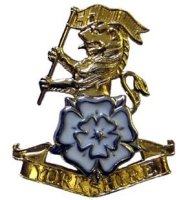
│ |
| 2013: |
1st Battalion,
The Yorkshire Regiment
(14th/15th, 19th and 33rd/76th Foot)
│ |
| 2023: |
1st Battalion,
The Royal Yorkshire Regiment
(14th/15th, 19th and 33rd/76th Foot)
│ |
|
|









